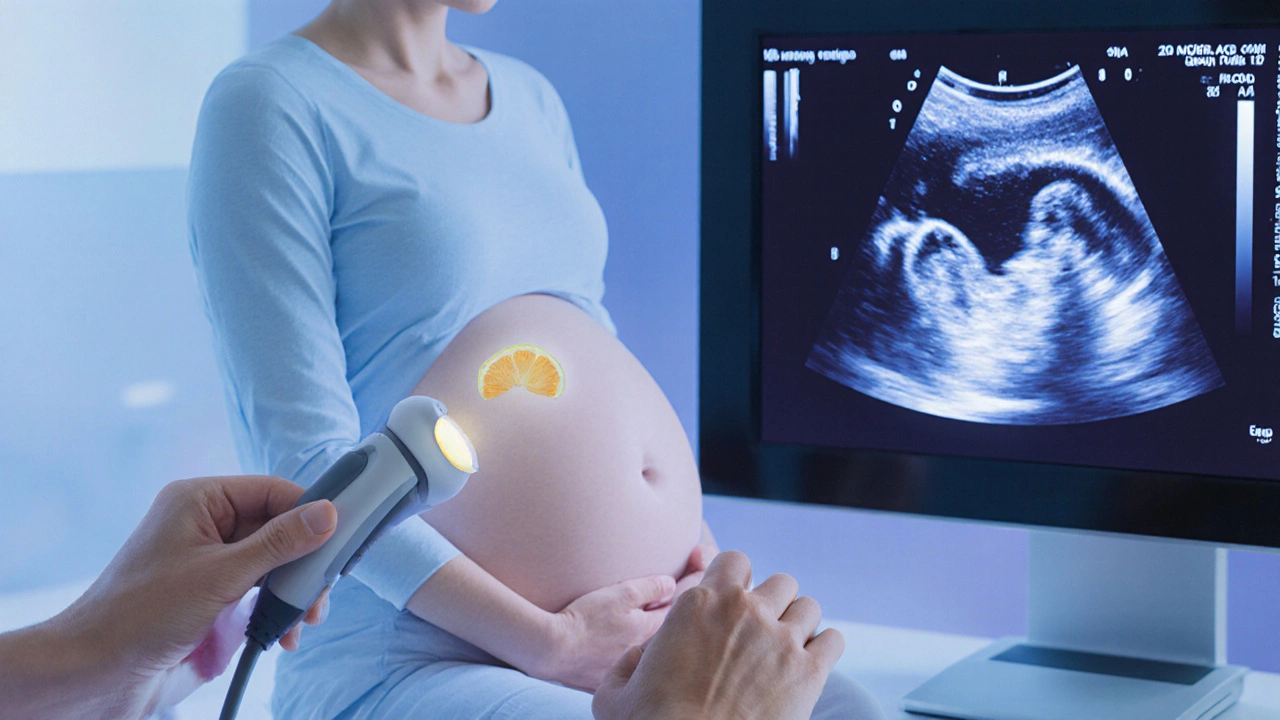When you see Prenatal spina bifida screening, a series of prenatal tests that look for neural tube defects, especially spina bifida, during pregnancy, the first thing to ask is how it actually works. In plain terms, it’s a set of checks that combine imaging, blood markers, and sometimes genetic analysis to spot a problem before birth. prenatal spina bifida screening isn’t a single test; it’s a pathway that often starts with an ultrasound, a non‑invasive scan that visualizes the fetal spine and brain structures around 18‑20 weeks. If the ultrasound shows anything atypical, doctors may add a detailed amniocentesis, a procedure that samples amniotic fluid for genetic clues. At the same time, a simple blood test measures alpha‑fetoprotein (AFP), a protein that rises when neural tube defects are present. The whole process is designed to give parents enough time to consider options, plan care, and connect with specialists.
Two other pieces of the puzzle matter just as much as the tests themselves. First, folic acid supplementation, the daily intake of folate or folic acid before and during early pregnancy dramatically lowers the risk of spina bifida in the first place, so many providers ask about your vitamin routine right away. Second, genetic counseling, a professional consultation that explains inheritance patterns, test options, and emotional implications helps families interpret results and decide on next steps. Both of these factors are linked: robust folic acid usage can reduce the likelihood of a positive screen, while counseling ensures you understand what a positive result really means. Together they create a feedback loop—pre‑screen prevention, post‑screen guidance—that makes the whole screening pathway both safer and more informative.
Our collection below pulls together practical info that touches every corner of this pathway. You’ll find easy‑to‑follow guides on how to prepare for an ultrasound, what to expect during an amniocentesis, tips for choosing the right folic‑acid supplement, and questions to ask during genetic counseling. Whether you’re just hearing about spina bifida for the first time or you’re already deep into prenatal care, these resources aim to give you clear, actionable steps so you can move forward with confidence. Dive in to see how each piece fits together and what you can do right now to stay ahead of the curve.

Learn how ultrasound spots spina bifida in unborn babies, the key sonographic signs, when fetal MRI adds value, and what preventive steps can lower risk.